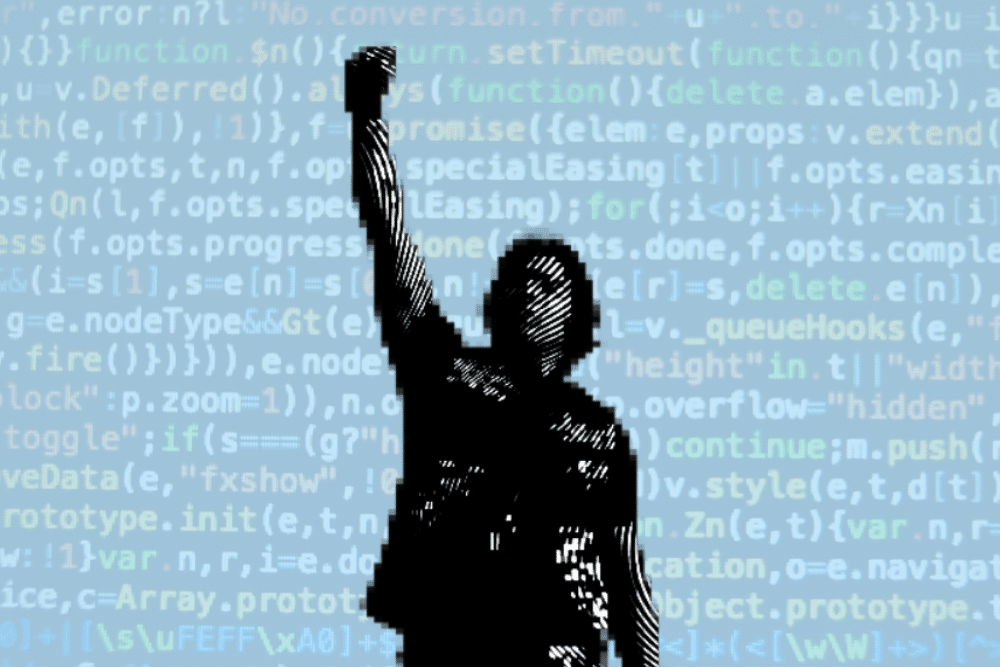Big things are happening everywhere around you, and you might not even have noticed. If you have been looking, you know that we’re in the middle of what some people are calling the fourth industrial revolution – and it is data-driven. IoT and connected devices will alter the way we interact with our environment, make cities better for its inhabitants, and create new economies. That was the topic of Connected Communities Conference hosted by RIoT.
“If you give us data, we will build cool stuff.” – John Cowan, Founder & CEO of EDJX
John Cowan’s passion for edge computing shone through as he spoke to a room full of government leaders, entrepreneurs, developers, and at least one content writer. He spoke about what could ostensibly be taken away as the main theme of the event: IoT is the key to scaling connected community initiatives nationwide (or potentially worldwide). Most importantly, he left the audience with some sage advice and a delicious pun.
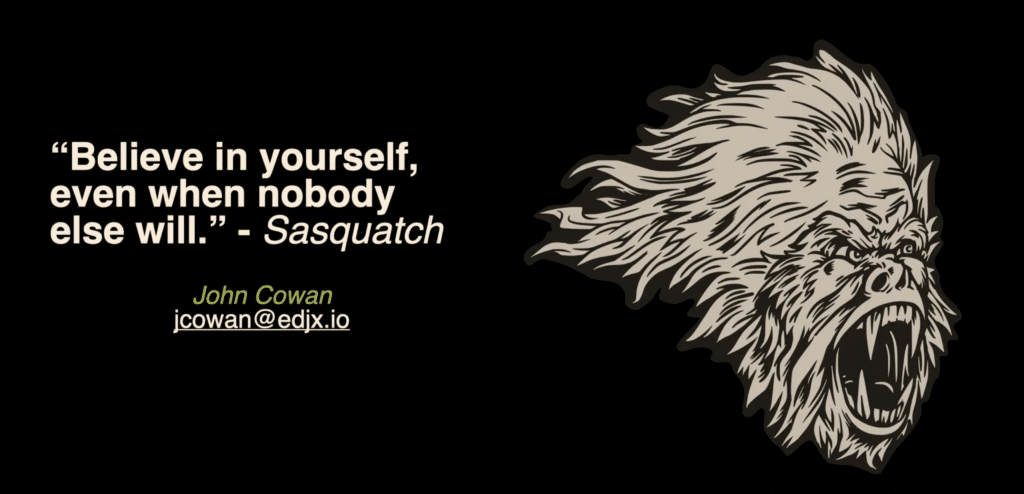
Smart City Initiatives
How can we use data to improve the way a city operates? By collecting and analyzing data, we can create smarter systems and services. Think about the information you’d want to collect to increase public safety, ensure equitable delivery of services across neighborhoods, narrow the digital divide, optimize traffic patterns, or improve public health.
Rob Silverberg, CSIO, Digital Communities for DELL Technologies kicked off the event describing the company’s involvement in smart city initiatives built on infrastructure. His 3-part advice for cities and companies diving into this work is seemingly simple:
- Start small.
- Have a vision for growth.
- Focus on outcomes.
Las Vegas is using smart city technology, including microphones and cameras, to improve public safety and transportation infrastructure. In one very clear example of its benefits, the city’s cameras recorded cars turning the wrong way on a one-way street 10-15 times per day, causing many accidents. The number was reduced to 8-10 with signage, and further reduced to 0-1 by painting large arrows on the road. If you think about this holistically, this one project positively impacts individuals, police and emergency responders, hospitals, and insurance companies in very tangible ways.
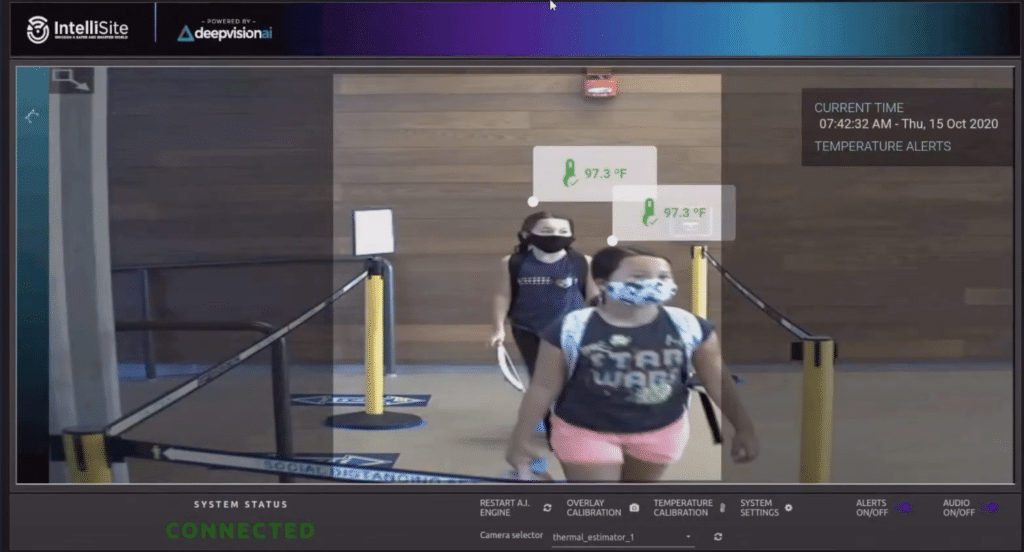
JP Kenney, CRO at IntelliSite, addressed how to drive outcomes for safe and connected communities. Working with the city of Raleigh, they’ve helped implement COVID-19 triage for schools that can take temperature, detect masks, send alerts to a health and wellness crew, and do contact tracing. The city is engaged in a number of smart city initiatives, including traffic assessment and crosswalk monitoring in dangerous intersections, and crowd counting in public parks.
Solving Infrastructure Challenges
IoT devices can become valuable instrumentation of a city, as Chad Foley and Jim Alberque from the City of Raleigh and Ismail Guvenc of NC State University spoke about when discussing their smart cities partnership. For a city that is experiencing such a rapid population influx as Raleigh, using data to improve utilities and collections, decrease traffic congestion, and improve accessibility can help ensure sustained economic growth for the area. Some ways they’re considering IoT for improved infrastructure include:
- Pothole detection using garbage trucks
- Fire hydrant water pressure sensors
- Litter detection and smart trashcans to trigger a work order for cleanup
- Sidewalk inventory to map sidewalks for ADA
- Traffic signal prioritization that tells traffic lights to turn green (to limit congestion and enable emergency vehicles)
- Traffic signal prioritization courtesy of connected roadways
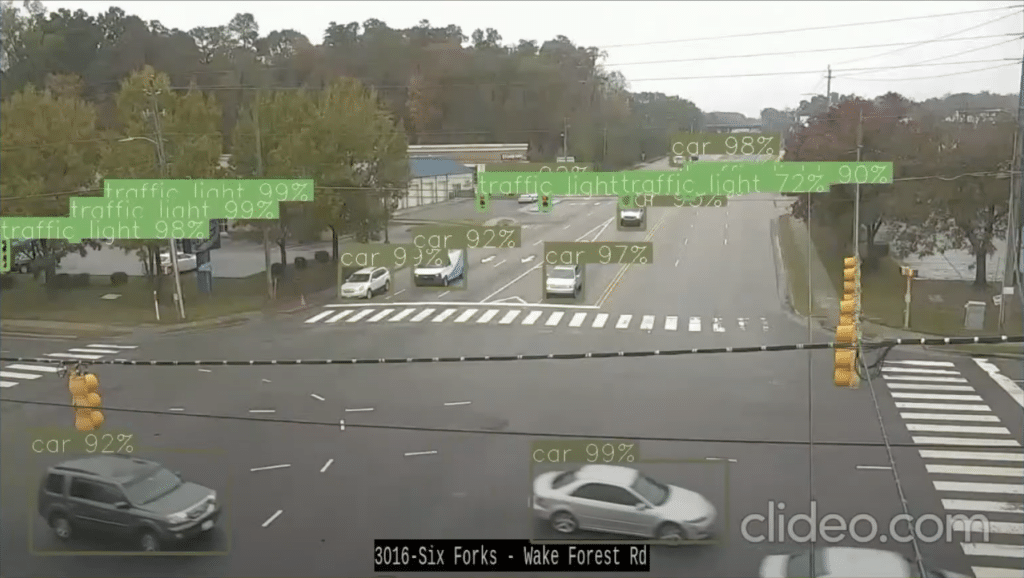
Scalability of IoT
As evidenced above, there are myriad opportunities for communities using connected devices, and it also creates new challenges. According to John Cowan of EDJX, the expansion of smart city initiatives and machines will contribute to the estimated 1 trillion sensors in the world by 2030. The massive amount of data collection would make data storage and associated costs a challenge, and latency would require computers to be much closer to connected device sensors.
This is where IoT enters to save the day. Intelligence and autonomy will define fourth internet apps, along with their ability to collect and pump data to the cloud. These attributes lead to the capacity to scale projects in a way that would otherwise be impossible. IoT devices reduce latency and increase the effective throughput of content.
Major uses and how it helps solve specific data challenges:
- Intelligent Traffic Systems – connected and autonomous vehicles will generate at least 30TB of data/day by 2025, IoT allows to scale a low latency
- First Responders and DOD – with information superiority, intelligence is key in assessing threats and improving response times
- Internet of Military Things – increased data security and integrity leads to increased responsiveness, improved agility, and simplified operations
- Community Planning and Building – create a blueprint for every city and create digital twins for testing scenarios before they’re implemented
IoT Becomes the Center of Economic Gravity
Western countries dominated 20th century economies by making infrastructure like electricity and highways a national priority. IoT infrastructure must become a national and local priority if we are to be the “center of gravity” in the 21st century edge economy.
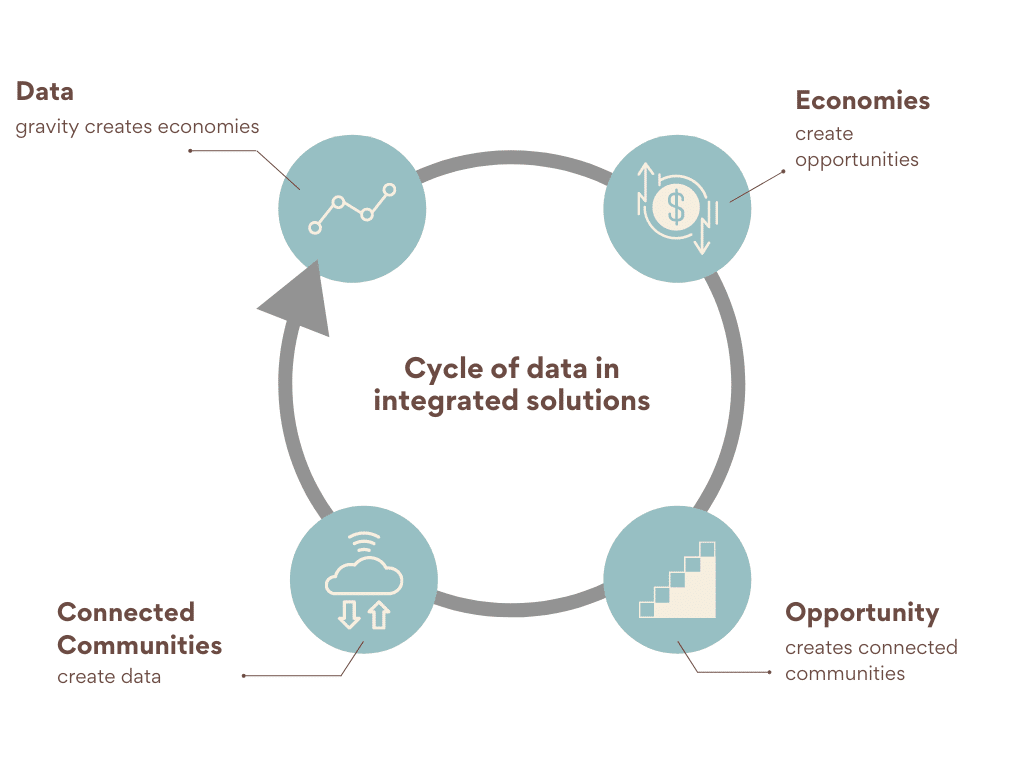
To expand IoT infrastructure, public and private sector organizations can be working hand in hand and exchanging value rather than selling access. We are experiencing new industries being created around IoT technologies, proving the value of public private partnerships:
- Integrated Roadways is partnering with cities and states to test their smart pavement that charges cars, connects them to the internet, and collects and transmits data. They tout the potential agreements with private sector service providers, such as cell carriers looking to expand their 5G network as a way to offset costs.
- 3RED8 is plumbing open-access fiber to foster economic growth through IoT. They’re striving to become the new internet that closes the digital divide for underserved communities and enables smart technology.
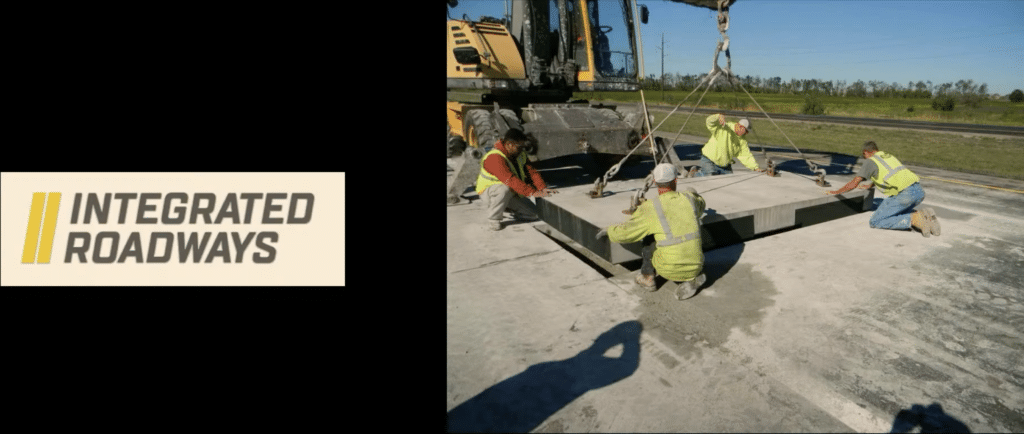
We’re in the middle of a technological revolution. The expansion of IoT infrastructure and deployment of smart city initiatives around the world will create new challenges. As we address those challenges, we will see the rise of new economies and a new way to interact with our environment – an exciting time for anyone paying attention.
For a full recap of the Connected Communities Conference, you can watch the recorded event on the City of Raleigh’s YouTube page. If this has inspired you to create your own IoT device, you can easily get started with a Blues Wireless Dev Kit.

